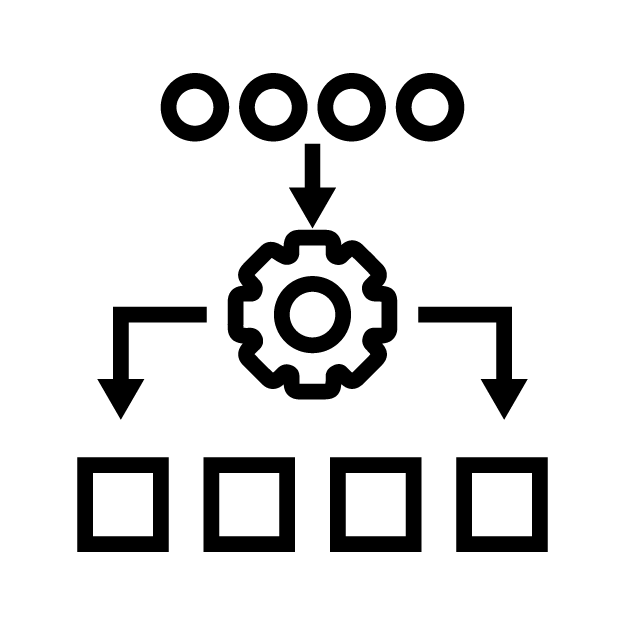The web platform created within the scope of the Izmir Time Machine Project has been implemented through stages such as literature research, database creation, architectural analysis, urban analysis, three-dimensional modeling, compilation, web design, and software development.
İzmir’s 8500-Year History in Three-Dimensional Time Travel
The Development Process of the Izmir Time Machine Platform

Literature Review
A literature review has been conducted, encompassing all cultural heritage sites involved in the project, utilizing resources such as the İZKA Library, Izmir Chamber of Architects Library, Ahmet Piriştina Urban Archive Museum, as well as web sources. Additionally, direct communication has been established with Archaeological Excavation Directorates.

Compilation
All written data obtained through research has been filtered by an expert team, forming both a general classification of cultural heritage sites and descriptive texts for each immovable cultural asset. Images compiled from sources and generated reports have been classified and organized in a cloud environment. In the texts, source citation has been ensured, and attention has been paid to the images being sufficiently related to the cultural heritage site and of high resolution.

Database Creation
The compiled data has been systematically recorded in Excel format. These files can potentially be utilized for big data analysis in the future.

Architectural Analysis
Any kind of photograph, drawing, field analysis, and three-dimensional (3D) structure models that will contribute to the creation of 3D models of immovable cultural properties have been sought to ensure their accuracy and reliability.

Urban Analysis
Information from informative sources such as maps, sketches, landscape photographs, and drawings related to archaeological areas, urban areas, and traditional settlements has been utilized to establish accuracy and reliability infrastructure in the production of 3D urban models.

3D Modeling
Cultural heritage structures from nineteen different locations have been drawn in CAD environment with the assistance of academic sources and transformed into three-dimensional using modeling software like 3ds Max, Blender3d. The textures of these models have been created using programs such as Substance Painter and Substance Designer.

Web Design and Development
The three-dimensional content produced within the scope of the project has been optimized for publication on the internet using WebGL technology. The website has been coded using current web technologies.



